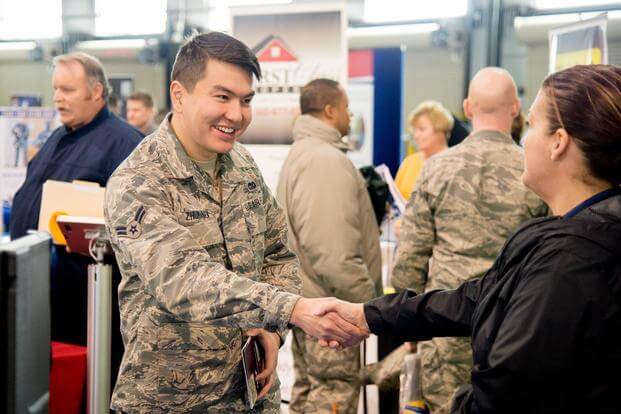With thousands of military veterans leaving active duty service each month, savvy employers have learned creating and maintaining a strategic veteran hiring program taps into a workforce that brings tremendous character qualities, talents, and skills. While the commitment to start or grow a veteran hiring program is commendable, businesses run on results, and measuring the effectiveness of these programs is critical to ensuring their sustainability and scalability.
Before you get started with a hiring initiative, or as you seek to grow your program, it is critical to set goals and evaluate your actions along the way. Here are eight characteristics of a successful veteran hiring program that should be measured and monitored:
- Business goal. Be clear about why you want to start (or grow) a veteran hiring initiative? Spell out why the veteran worker is appealing to your company. Identify and clarify which specific business objectives in your organization will be served by an initiative to hire veterans.
- Leadership. Who in your company will be responsible for championing and leading this program? What goals will he or she have to work from? Is that person a veteran? Many successful veteran hiring initiatives are run by civilians, but they should have a passion or interest in working with former military personnel for the program to be successful.
- Components. Will you build a Veterans Resource Group (VRG)? Will this Group live alongside your company’s other Employee Resource Groups? What successes of the veteran program will be measured? Remember, veterans cross all other diversity groups – women, minorities, ethnic groups, etc. – and you will find overlap with other employee groups in your company.
- Budget. What is your anticipated spend? Consider measuring marketing dollars allocated to web and print marketing, sponsorship and participation at veteran recruiting events, paid advertisements online and in print. These dollars add up and it’s important to monitor their effectiveness and results garnered.
- Recruiting. How will you determine success in your recruiting efforts? Many companies measure the number of Veterans engaged with the company (by measuring application submissions) against the number hired. You might the number of veterans hired as a percentage of workforce hired. Then, compare the numbers engaged and hired for Year 1, Year 2 and Year 3 to evaluate program effectiveness.
- Hiring and Retention. Retention and growth of veteran talent indices often matter the most to companies. Retaining key talent improves the value of the money spent on recruiting and hiring. Adding training and employee development metrics also ensures your program is sustainable. Create a list of key indices to measure, starting with Year 1, and going forward.
- Brand. Don’t forget to measure and monitor success as you improve perception and cultural sensitivity within and around the company. Veteran hiring programs create an ability to build awareness (internal and external) around the company brand and product/service offerings to global audiences. Measuring success here ties your hiring efforts to broader business goals.
- External resources. As you go to market with a veteran hiring initiative, set benchmarks for the partners and collaborators you will work with. Which external resources will you leverage and what results do you expect to see? Are you expecting brand lift and/or a flow of candidates? Without clear expectations and goals, external partnerships can be costly.
To learn more about what to measure and how to evaluate success in your program, I created a comprehensive set of checklists online here.
Don’t be afraid to measure and monitor. In doing so you will unveil new ideas and opportunities, identify and dismiss ineffective programs, and communicate your vision to business units across the organization. This gives your veteran hiring program the best chance of success in the short, and long, term!






